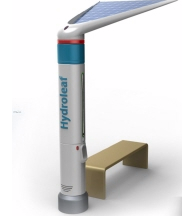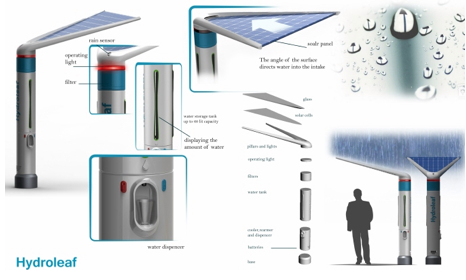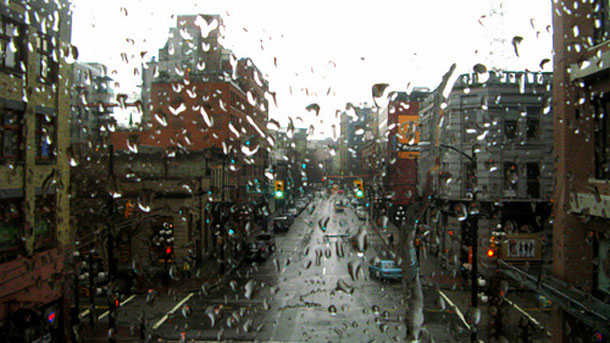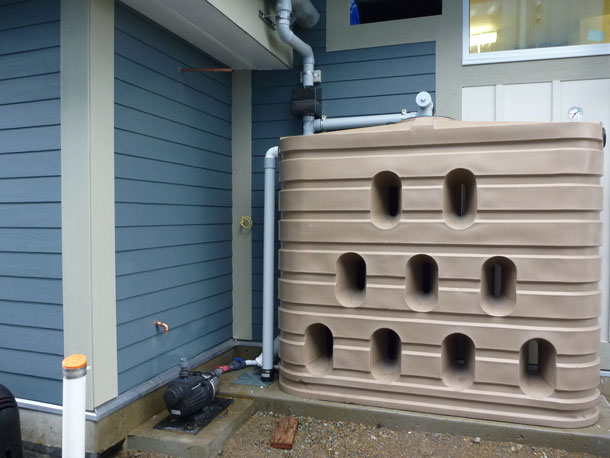Water World
The US Environmental Protection Agency plans to complete a full assessment of US water resources to establish a baseline for tracking progress as part of its recently released strategy for protecting America’s water resources. In “Coming Together for Clean Water,” EPA outlines a basic framework for how its water program will address the nation’s clean water challenges in the next few years.
EPA’s strategy includes working to protect healthy waters, restore waters that are already impaired, expand actions to keep all waters clean, and continue to build projects and programs that support environmental sustainability, economic growth, and meet a wide range of community needs.
While carrying out the actions outlined in its plan EPA said it will rely on the rule of law and seek creative and more effective ways to implement the Clean Water Act. The agency said it will also rely on “robust science and cutting-edge technologies,” particularly in emerging areas such as climate adaptation, agricultural manure treatment, ecosystem services, integrated watershed approaches, and emerging pollutants.
Developing a Baseline
EPA and other agencies have already begun the process of developing a baseline assessment of US water systems. The National Aquatic Resource Surveys (NARS) have provided information on the condition of inland and coastal waters using direct measures of aquatic life and ranking chemical and physical stressors. These surveys provide a baseline for the state of water quality across the nation against which statistically significant changes can be tracked at the national and regional scales.
An EPA/state “Monitoring and Assessment Partnership” is working to identify opportunities to further enhance the NARS program to support state and tribal water management needs, and identify and track healthy, threatened, and impaired waters. EPA will complete the first set of five Aquatic Resource Surveys to provide a complete picture of the condition of all waterbody types across the nation by 2012, and begin implementing a second set of surveys to track changes in water quality.
Protection of Healthy Waters
EPA will implement a range of actions to ensure that healthy waters are protected and prevent further pollution of lakes, rivers and streams. The agency will explore, develop, and make available more effective methods for ecological assessment, and the classification and identification of healthy watersheds. In partnership with state and local governments and stakeholders, the agency will also develop outreach and education materials targeting public awareness.
Finally, EPA will use CWA tools to better protect high quality waters. That could include revising regulations for water quality standards to strengthen antidegradation provisions, and protect headwaters that are threatened by resource extraction activities.
Restore Waters
In addition to the work underway in the Chesapeake Bay as part of the President’s recent Executive Order 13508, EPA will work toward the protection and restoration of the Great Lakes and the Gulf of Mexico.
In the wake of the Deepwater BP oil spill, the agency will lead efforts to restore and improve the ecological health of the Gulf of Mexico, working with state, tribal, non-governmental, and academic partners to ensure that the Gulf’s waters are restored and protected.
EPA also is leading a multi-agency effort to restore and protect the Great Lakes through the Great Lakes Restoration Initiative. In other parts of the nation, focus will remain on nutrient pollution, which threatens the long-term health of important ecosystems such as the Mississippi River Basin.
Reducing the amount of nutrient pollution reaching waters is a top priority for EPA. The agency said it will work in close partnership with federal, state and local stakeholders using the best available peer-reviewed science along with regulatory and voluntary tools to achieve the desired goals. The agency said it recognizes that states need room to innovate and respond to local water quality needs, so a one-size-fits-all approach to nitrogen and phosphorus pollution is neither desirable nor necessary.
Action items include determining needed nutrient load reduction targets to restore and maintain water quality, and development of numeric nutrient water quality standards. As an added step, the agency said it would advance an open dialogue between USDA, states, and local stakeholders/landowners to determine how all parties can best cooperate to reduce nitrogen and phosphorus pollution from agricultural nonpoint sources.
Reduce Pollution from Discrete Sources
EPA said it will increase protection of U.S. waters from pollution by reducing current loadings and preparing for substantial predicted increases associated with development, urbanization, climate change and other factors. EPA will strengthen regulatory and enforcement actions to address water quality challenges and strategically undertake necessary modifications to current regulations to make them clear and enforceable.
The agency also plans to address increasing concerns about the potential for public health and environmental impacts in the vicinity of hydraulic fracturing and other resource extraction operations by relying on the best available science and statutory authority to ensure a balanced approach that helps the U.S. meet its energy needs in a sustainable and cost effective way.
The Office of Research and Development is currently examining the relationship between hydraulic fracturing and water resources. Based on the results of that study, EPA will work with federal partners and stakeholders to clarify CWA requirements for hydraulic fracturing wastewaters.
The agency also plans to strengthen the NPDES program to reduce pollution from point sources, including developing NPDES permit requirements to control pesticide discharges, information gathering for CAFOS, reducing pollution from sewage treatment plants, and developing effluent guidelines for key sectors such as steam electric, etc.
EPA will also promote the use of green infrastructure in combined sewer overflow (CSO) and municipal separate sanitary sewer system (MS4s) control plans as a complement or as an alternative to traditional grey infrastructure solutions. It will establish performance standards for stormwater discharges for new and redevelopment that will facilitate the use of green infrastructure to reduce pollutant discharges and realize other community and environmental benefits.
Sustainable Practices
EPA said it plans to develop and implement a renewed strategy on green infrastructure and innovative technologies to promote sustainable and cost effective practices. The agency will also support integrated water management at the state and local level, and will encourage solutions that reduce infrastructure costs and promote more efficient, regionally coordinated resource use.
Urban Waters is an interagency effort lead by EPA to work with local communities and cities to transform urban waterways into centerpieces of urban revitalization. This effort targets underserved areas and brings together state, tribal, federal, and local partners in an effort to foster understanding, public access, and enhanced stewardship of our urban water commons. A number of pilot projects are now under way.
Key actions include developing a systematic strategy to make green infrastructure an available tool for meeting CWA requirements. The agency will also develop policies and help direct attention toward more sustainable water management practices that better integrate water quantity, quality, energy requirements, carbon emissions, development, and land use at the watershed and aquifer levels.
To that end, the agency will encourage states to use the Clean Water State Revolving Funds (CWSRF) for projects that are consistent with EPA’s new Clean Water and Drinking Water Sustainability Policy. EPA will continue to work with states to ensure that all CWSRF programs meet the mandated requirement to use at least 20 percent of FY 2011 appropriated funds for green projects such as green infrastructure, water efficiency projects, energy efficiency projects, and other innovative approaches.
To read the full strategy, “Coming Together for Clean Water,” visit water.epa.gov.
WW
 Photo courtesy of Britt Udesen (aka Idaho Squatcher). See her videos on
Photo courtesy of Britt Udesen (aka Idaho Squatcher). See her videos on 











 DANGER: Drinking this toilet water could be hazardous to your health.
DANGER: Drinking this toilet water could be hazardous to your health.